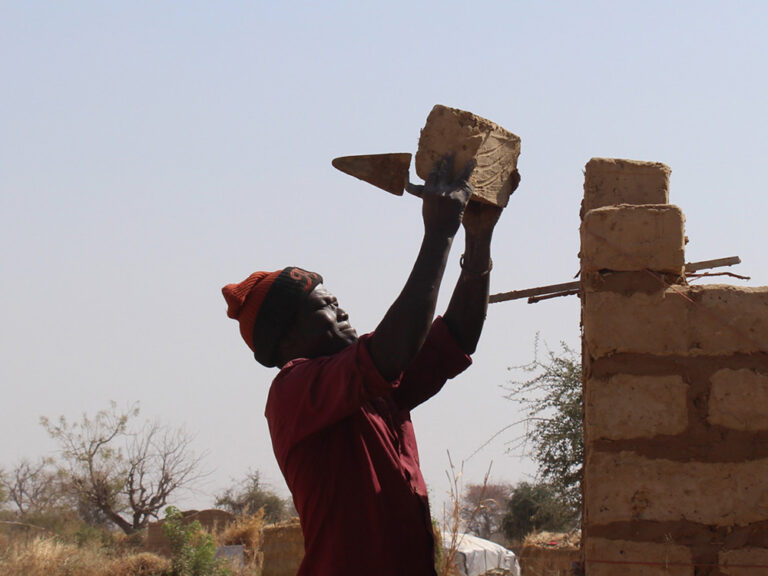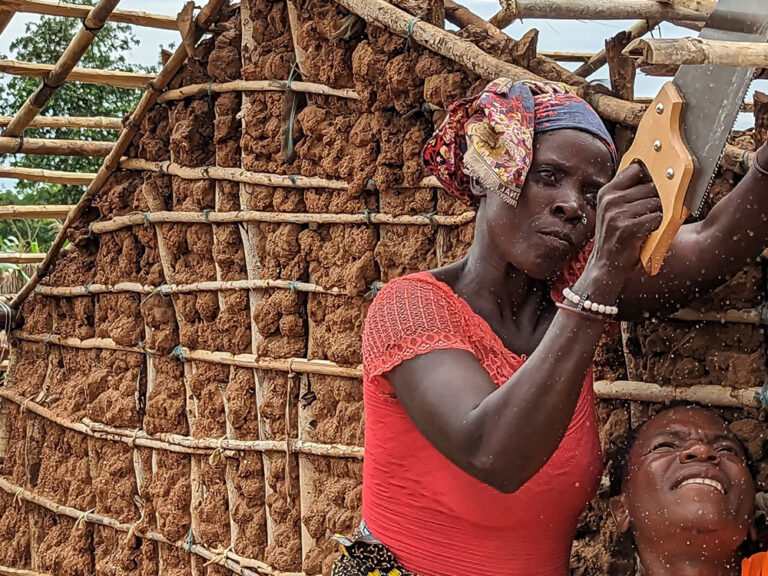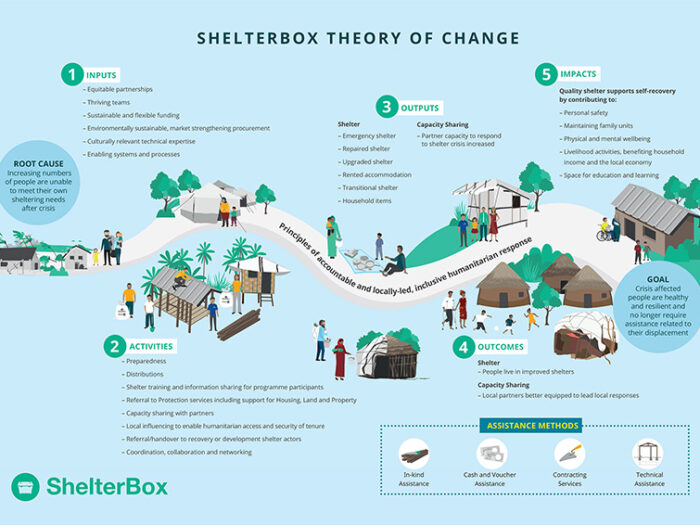
Our new Theory of Change sums up what we will do and why to support communities affected by disaster. It builds on our 20+ years of experience and on the latest evidence of the vital role shelter can play in enabling people to recover and rebuild.
The Theory of Change diagram represents the steps that people affected by crisis take to recover their homes.
Download the Theory of Change diagram here:
Download Now

Our focus is on self-led recovery. However, we know that growing numbers of vulnerable people are unable to recover without support.
This leaves them more vulnerable to other risks, such as disease, poverty and environmental threats like extreme weather events. Our Theory of Change commits us to accompanying people on their first steps to recovery, because this increases their chances of further rebuilding their lives.
To maximise the chances of success, we will provide a broader selection of shelter types. This will range from emergency shelters (like tents, in the acute phase of a crisis) to rental accommodation in urban environments and more durable shelters in places where communities can be displaced for long periods of time. Our aim is to provide the right type of shelter for every context where we work. We will do this by providing quality materials (in-kind assistance), cash and voucher assistance and technical assistance, and by contracting services locally. Whatever works best for the people we are working with.
Find out more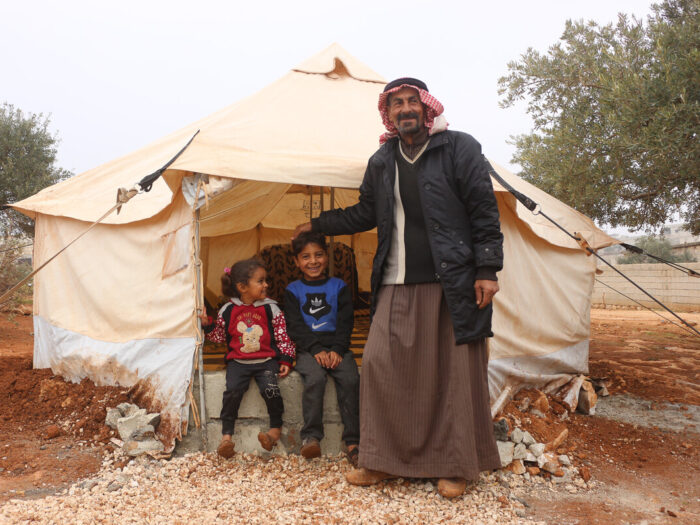

Collaboration, coordination and partnership will be central to success.
Sometimes, self-led recovery can be inhibited by a lack of functional markets or other significant barriers. When working in these contexts, we will try to coordinate with organisations that provide additional, long-term shelter support beyond our own remit. As a shelter specialist, we understand the value of collaborating with other humanitarian and development organisations. It ensures our support is part of a holistic emergency response and contributes to long-term development. Through effective partnership, we want to enable local organisations to be better equipped to respond to crises in their countries, and we want to keep learning from them too.
Find out more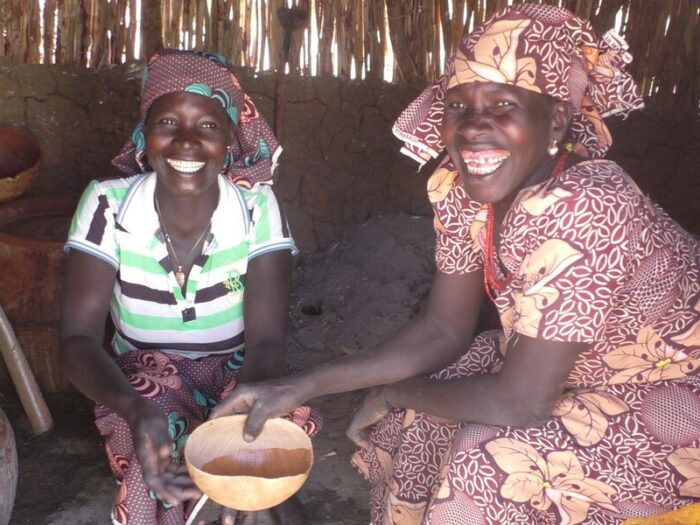

Good shelter goes beyond physical structures, affecting the health and wellbeing of people in a multitude of ways.
We do not claim to be independently responsible for the impact-level changes in our Theory of Change. Instead, we recognise that emergency shelter programming can have a positive or negative influence on people’s lives over the longer term. So we will always consider the potential implications of actions and decisions we take during the relief phase of a response. Central to our Theory of Change is the idea that the impact of shelter in emergencies is immediate and lifesaving, and that shelter programming can positively affect self-recovery in the longer term.

